Lime Rolling Out New Products for People with a Disability
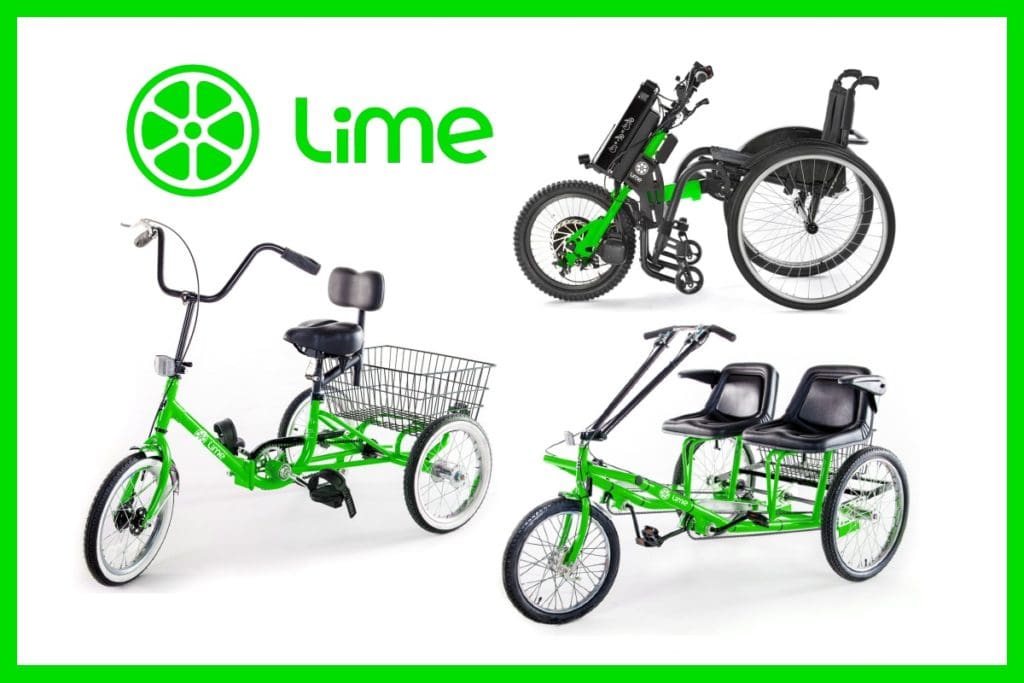
New York City, New York, USA
New York City residents who use a manual wheelchair may be able to use the Lime app to order a free rental of an attachment that turns it into a power vehicle. The design is one of seven adaptive vehicles Lime has recently developed to make its services more accessible.
Lime first launched a pilot of a more accessible scooter—with a seat, for anyone who has difficulty standing and balancing on a standard scooter—in late 2019 in Oakland, followed by San Francisco and Chicago. But it quickly realized that it needed to offer additional designs.
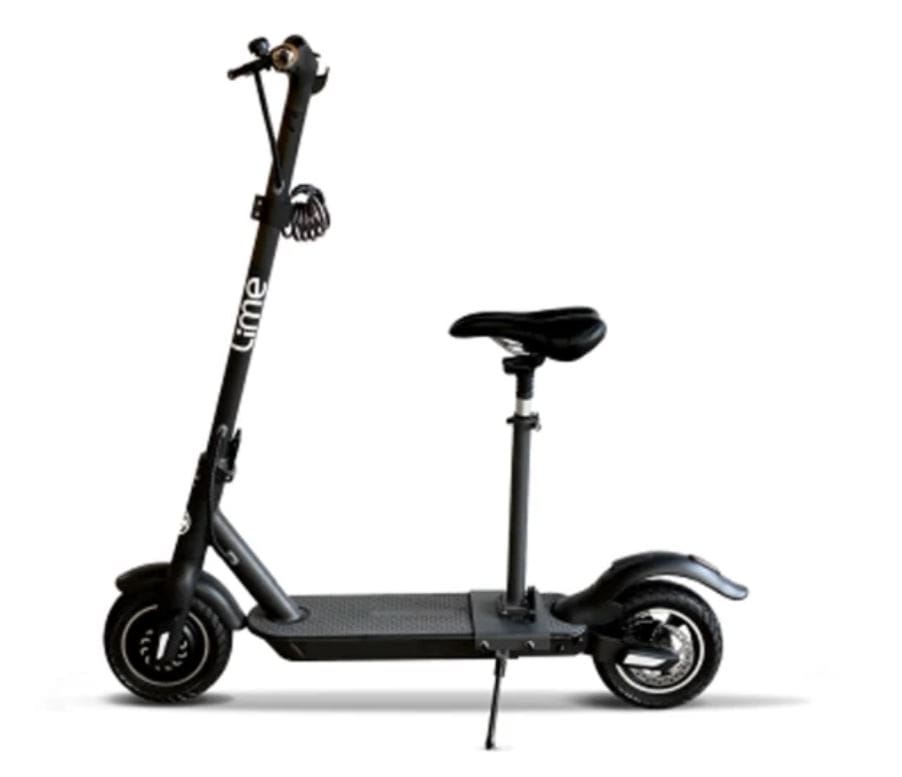
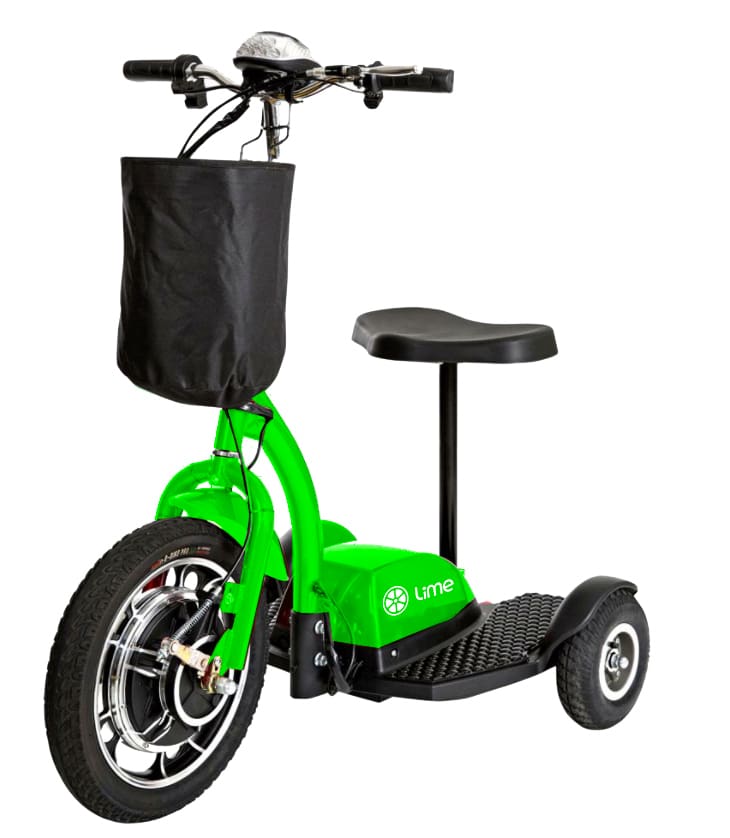
“We realized that disabilities come in all different shapes and sizes,” said Sam Sadle, Lime’s head of government relations for North America. “So we have a three-wheeled, sit-down device that is for somebody who has challenges balancing. We’ve got a two-wheeled sit-down device that is for somebody who can’t stand for a long amount of time, so it gives them a place to sit down for the rest of their journey.
“We’ve got vehicles that are guided—essentially, you’ve got two people, so that somebody who is blind or has low vision can partner with somebody who has full vision similar to how you would have a tandem bicycle.”
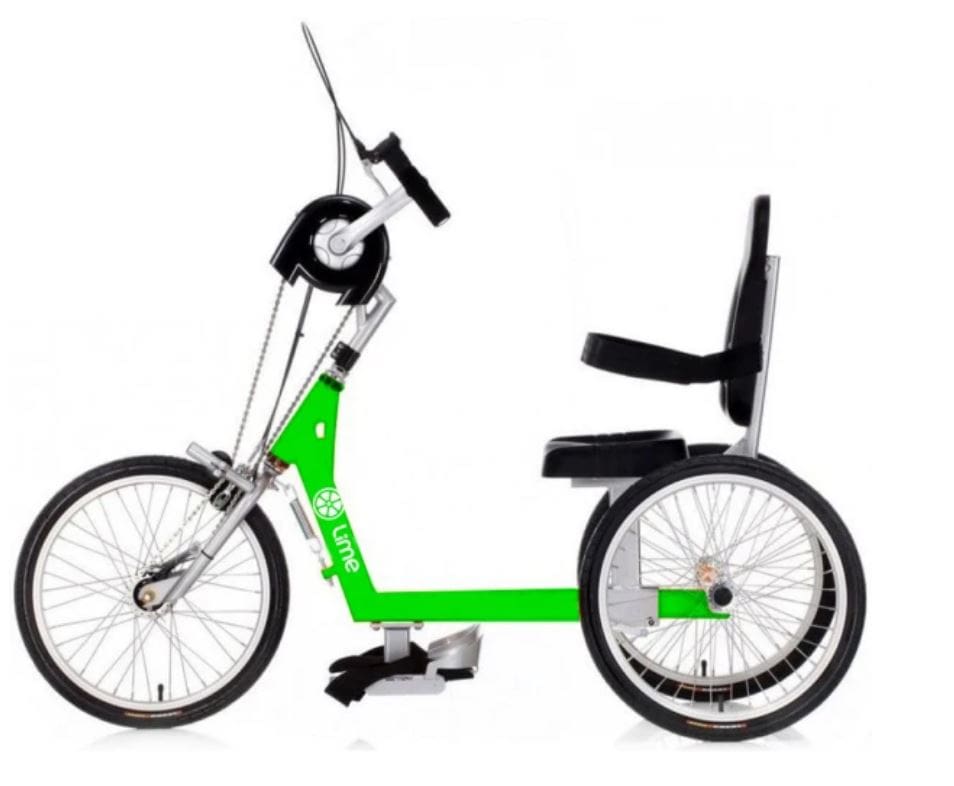

Another scooter is seated and electric; another looks like a typical standing scooter but has an extra wheel for more stability. Another option is a stable tricycle with a shopping basket. The company also offers a handcycle that can be controlled without pedalling.
“You can’t offer a program that just includes people who can either ride a bike or who can stand on a stand-up scooter.”
In New York City, where the Department of Transportation is currently considering Lime for participation in the city’s upcoming micromobility pilot, the company has been meeting with organizations like The Center for Independence of the Disabled, United Spinal Association, and National Federation of the Blind of New York to develop the designs.
“We sat down with our partners and said, what do you want to see?” says Sadle. Community members made suggestions about the need for tools like an attachment that can temporarily give manual wheelchairs power. Advocates also worked with Lime on the very real accessibility problem of scooters blocking sidewalks; in New York, Lime is proposing a system with all scooters locked to racks so they don’t block public paths. Lime moved to a similar system in Chicago, where it says it has seen complaints decline.
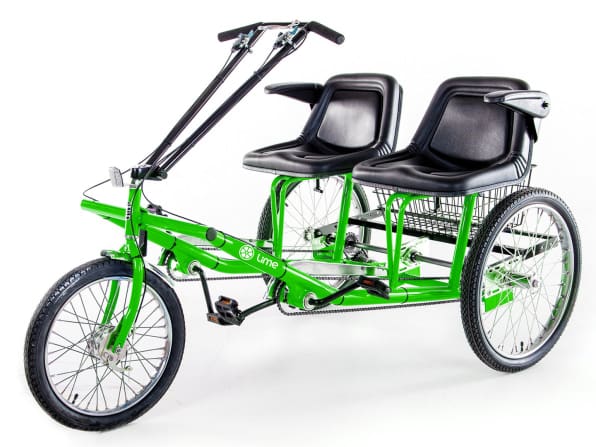
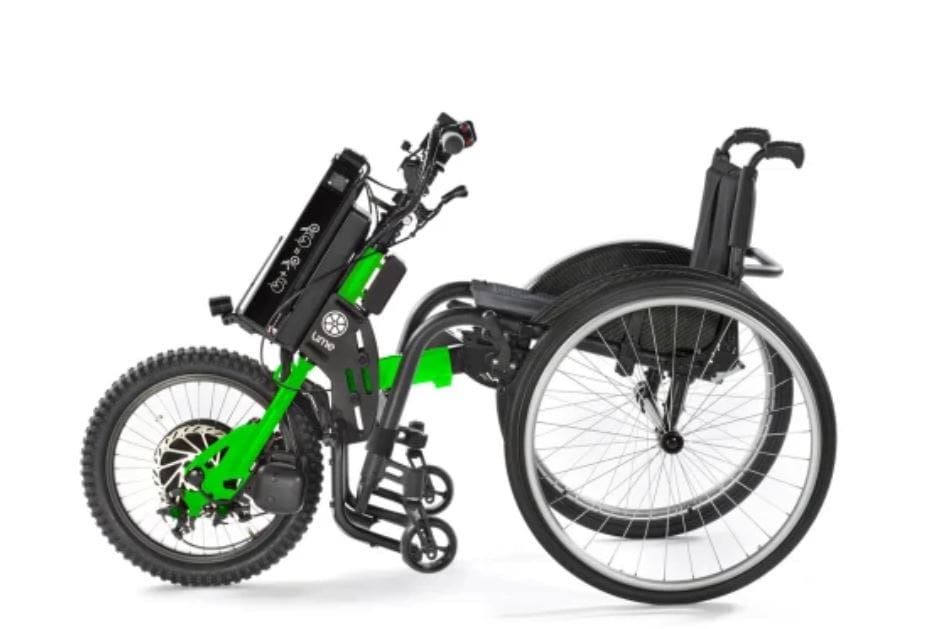
Three of the new designs were recently launched in San Francisco, where anyone with a disability can request a vehicle through Lime’s app or website and they will deliver it.
The vehicles are free to use with a $5 deposit. If Lime moves forward in New York’s pilot, it will evaluate the additional designs there before deciding to expand the options in other cities. While there aren’t concrete plans yet for expanding the vehicles broadly, the company recognizes the need.
“We have to be mindful that we have to serve everyone in the city,” says Sadle. “You can’t offer a program that just includes people who can either ride a bike or who can stand on a stand-up scooter. It really means you have to think about what your service means in the broader transportation context.”
This article was first published in Fast Company
